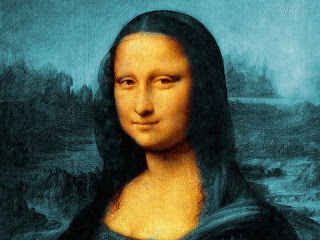Modern pop music is too loud and does sound all the same, just like angry old types have been saying for 70 years.
A team from Spain analyzed music from a 55 year period, using an archive known as the Million Song Dataset, and found that songs have indeed become both louder and more homogenized in terms of chords and melodies.
1955, the first year of their dataset, was the birth of rock and roll and saw the decline of the 'doo wop' chord progression (I-vi-IV-V). If you know your old songs, mentally compare "Earth Angel" by The Penguins from 1954 with Bill Haley's "Rock Around the Clock" from 1955, which used the I-IV-V progression still common today. The set from 1955 to 2010 had 464,411 tunes and they used dynamical processes on complex networks to make the connections and find the statistical patterns.
"We found evidence of a progressive homogenization of the musical discourse," Joan Serra, first author of the research and artificial intelligence specialist at the Spanish National Research Council, told Reuters. "In particular, we obtained numerical indicators that the diversity of transitions between note combinations - roughly speaking chords plus melodies - has consistently diminished in the last 50 years."
And the 'loudness' war you thought has been happening is also not in your mind. Engineers really have been making it louder, because it sounds newer. I once asked an old recording engineer why some older music (Toto, Asia) still sounded new (assified, but new) while other songs of the period sounded like they were being played through a tube, and he said it was all dynamic range compression. Engineers discovered music was much 'hotter' the more it was compressed so it went from being a benefit, like in placing a maximum sound level so distortion does not happen or to give an instrument some sustain, to overused for effect and it leaves all the sound flat and just really, really loud.

(a) Examples of the density values and fits of the loudness variable x. (b) Empiric distribution medians. (c) Dynamic variability, expressed as absolute loudness differences between the first and third quartiles of x, |Q1 − Q3|.
If you want a similar assault for your eyeballs, watch "Transformers 2", where Michael Bay discovered color theory and that orange and teal are complementary, so when they are placed next to each other they give an image similar 'pop'. He then used it as the entire palette for the most difficult movie to watch of the last decade.

The Mona Lisa in a Michael Bay world. See how it pops? It also looks terrible. Credit: Todd Miro
Citation: Joan Serrà, Álvaro Corral, Marián Boguñá, Martín Haro&Josep Ll. Arcos, 'Measuring the Evolution of Contemporary Western Popular Music', Scientific Reports 2, Article number: 521 doi:10.1038/srep00521 (free to read)



Comments